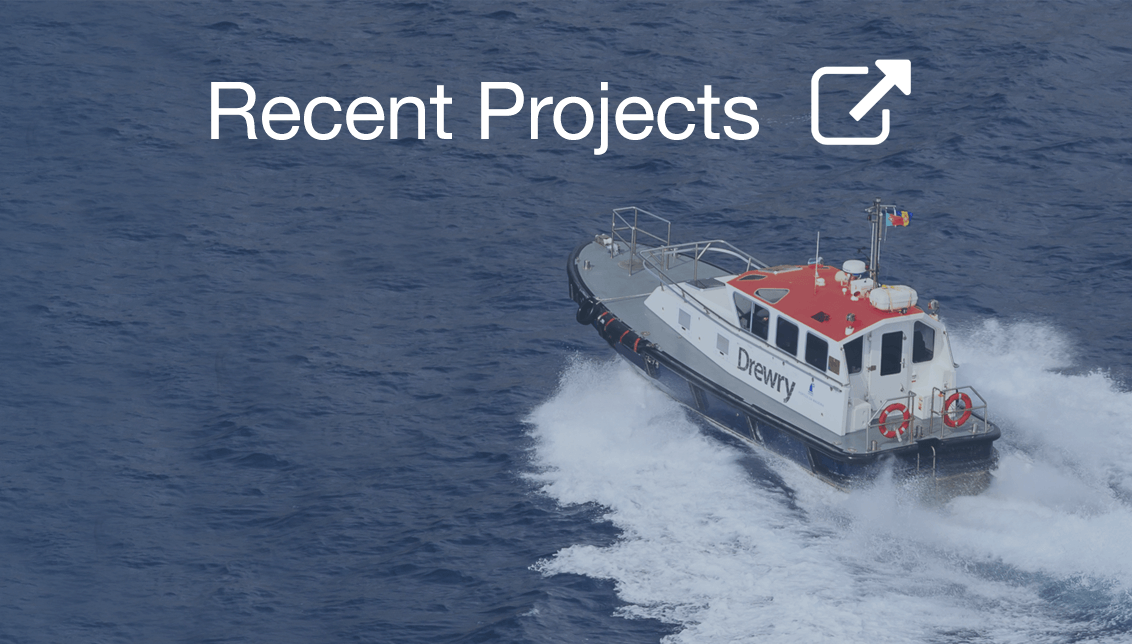Browse Products by Sector
Container ShippingContainer Equipment Assets
Ports and Terminals
Dry Bulk Shipping
Tanker Shipping
Gas Shipping
Specialised Shipping
Multimodal Transport
Logistics Management
Ship Operations and Management
Other popular areas
Browse subscriptions by Sector
Container ShippingPorts and Terminals
Dry Bulk Shipping
LPG Shipping
LNG Shipping
Crude Tanker Shipping
Product Tanker Shipping
Financial Advisory
Valuations
Drewry Financial Research Services Ltd is authorised by the UK Financial Conduct Authority (FCA).
How do you get access to shipping capacity in 2021?
Capacity bottlenecks, shipment delays and congestion in the container shipping sector have now lasted for months, severely impacting shippers and forwarders. But some shippers are rethinking how, as a “shipper of choice”, they can obtain capacity commitments and work better with carriers.
Recent key indicators illustrate a major capacity problem:

Source: Drewry Container Forecaster, Drewry Container Equipment Forecaster, and other Drewry research sources
In early 2020, some Beneficial Cargo Owners underestimated their capacity requirements for the year ahead (not unreasonable, given that their forecasts were made in the early stages of the pandemic when caution and pessimism were gripping markets).
From mid-2020, however, most logistics operations managers (including many Drewry customers) have struggled to secure ship space or containers for their shipments. Despite carriers returning welcome capacity to the market during 4Q20, persistent high levels of demand have increased pressure on both space and equipment and amplified the supply chain bottlenecks that pre-existed, resulting in considerable market disorder.
The current difficulties experienced by shippers can take different forms:
- Carriers wait longer before they confirm the acceptance of bookings;
- Carriers say that there are no available empty containers;
- Carriers say that space and equipment are not available beyond the original volume commitment of the shipper;
- Carriers say that previously quoted fixed rates are “no longer valid” – but capacity can be found at the much higher spot or capacity guarantee prices.
Learning from this, many shippers are looking to better define their volume commitment and the carriers’ capacity commitment in their next contracts and to improve the way they work with carriers, to ensure security of supply.
Our consultants are currently advising shippers on these challenges and assist them in several key areas, including:
- Pre-tender shipment plans and weekly requirements (are your shipments seasonal? are they known six weeks out..?)
- Process of identifying reliable carriers and understanding the plans of carriers for 2021
- Ongoing forecasting of volumes (steady, reliably predicted volumes motivate carriers)
- Best practices on managing carriers, KPIs and QBRs
- Specific arrangements for slack and peak seasons
- Contract language on capacity commitments and volume commitments
- Two-tier rates based on capacity
There is no doubt that carriers now have the upper hand in the market and will be more disciplined in how they allocate contract shipper capacity this year.
The objective for some shippers this year is to become a “shipper of choice” with whom carriers will be able to work efficiently and with confidence; knowing that expected volumes are aligned with their internal capacity plans. Realistically however, higher rates on many trade lanes will be part of this shipper-of-choice equation, but only part of it.
If exporters and importers pay much higher freight rates under their current and next contracts, it is not unreasonable for them to expect to benefit from improved visibility and a more reliable service.
Ask one of our ocean freight experts...
We're now working with some of the world's largest retailers and manufacturers helping them benchmark their ocean freight costs and bring efficiency and effectiveness to their ocean freight procurement processes.
If you would like a no obligation one-to-one call with one of our ocean freight procurement experts and learn more about how we are helping organisations like yours plan, prepare and implement their ocean freight strategy this year, contact us at supplychains@drewry.co.uk.
Container Industry Statistics
World Container Index
East-West composite ($/40ft)Bunker Prices
Rotterdam ($/tonne)Global Port Throughput
Jan 2019 = 100
Idle Capacity
('000 teu)© Copyright 2024 | Drewry Shipping Consultants Limited. All Rights Reserved. Website Terms of Use | Privacy Policy



